Branicki Palace

The Branicki Palace in Warsaw is an elegant echo of 18th-century aristocratic ambition. Commissioned by Grand Crown Hetman Jan Klemens Branicki and crafted by the architect Jan Zygmunt Deybel, this Rococo masterpiece—with its horseshoe‑shaped façade, ornate sculptures, and rooftop compositions—was designed to rival the grandeur of Versailles. The palace’s dramatic entrance courtyard smoothly transitions into formal gardens, originally arranged in the French style and balanced by later English-style additions. Briefly transformed into a theater of Enlightenment salons by Branicki's wife, Izabella Poniatowska, the palace became a hub of artistic and intellectual activity. Over the centuries, its fortunes rose and fell: ownership changed, a textile factory operated on its grounds, and it suffered near-total destruction during World War II. But from the ashes, it was meticulously reconstructed in the late 1940s, relying on historic paintings to recapture its former splendor. Today, the Branicki Palace stands as a beautifully restored cultural landmark. Its lush gardens and decorative façades invite leisurely strolls and reflective moments, while inside, the palace now houses exhibitions—most notably the Museum of Literature honoring Poland’s great writers.
Warsaw PolandBranicki Palace in Warsaw is an exquisite 18th-century magnate's mansion located at the junction of Podwale and Miodowa Streets, specifically Miodowa 6, 00-251 Warsaw, Poland. This Rococo masterpiece is easily accessible from the very heart of Warsaw's historical district. Its prime location places it in immediate proximity to a wealth of other significant historical sites and attractions. Directly bordering the palace is the Warsaw Old Town, a UNESCO World Heritage site, with its iconic Market Place, the Museum of Warsaw, and numerous charming cafes and shops. Just a stone's throw away is the Royal Castle, a meticulously reconstructed symbol of Polish statehood, along with the Presidential Palace, both integral parts of the historic Royal Route. The Warsaw Barbican and the formidable city walls are also very close by, offering a glimpse into the city's medieval defenses.
 POLIN Museum of the History of Polish Jews
Warsaw
POLIN Museum of the History of Polish Jews
Warsaw
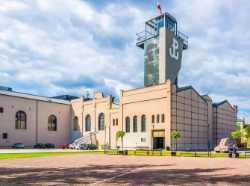 Warsaw Uprising Museum
Warsaw
Warsaw Uprising Museum
Warsaw
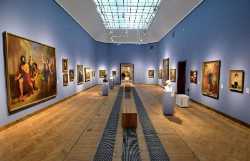 National Museum in Warsaw
Warsaw
National Museum in Warsaw
Warsaw
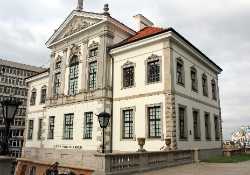 Fryderyk Chopin Museum
Warsaw
Fryderyk Chopin Museum
Warsaw
 Museum of Modern Art
Warsaw
Museum of Modern Art
Warsaw
 Neon Museum Warsaw
Warsaw
Neon Museum Warsaw
Warsaw
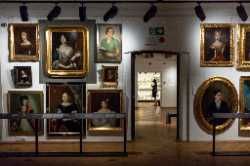 Museum of Warsaw
Warsaw
Museum of Warsaw
Warsaw
 Pawiak Prison Museum
Warsaw
Pawiak Prison Museum
Warsaw
 Royal Castle in Warsaw
Warsaw
Royal Castle in Warsaw
Warsaw
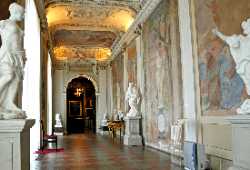 Wilanów Palace
Warsaw
Wilanów Palace
Warsaw
 Krasiński Palace
Warsaw
Krasiński Palace
Warsaw
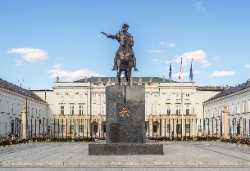 Presidential Palace Warsaw
Warsaw
Presidential Palace Warsaw
Warsaw
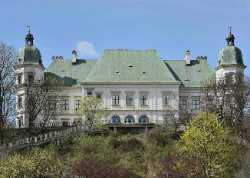 Ujazdów Castle
Warsaw
Ujazdów Castle
Warsaw
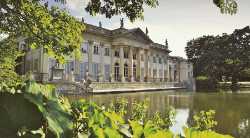 Łazienki Park
Warsaw
Łazienki Park
Warsaw
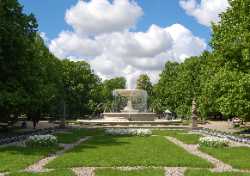 Saxon Garden
Warsaw
Saxon Garden
Warsaw
 Wilanów Park
Warsaw
Wilanów Park
Warsaw
 Mokotów Field
Warsaw
Mokotów Field
Warsaw
 Skaryszewski Park
Warsaw
Skaryszewski Park
Warsaw
 Botanical Garden of the University of Warsaw
Warsaw
Botanical Garden of the University of Warsaw
Warsaw
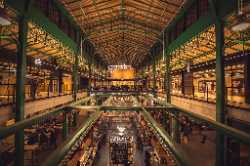 Hala Koszyki
Warsaw
Hala Koszyki
Warsaw
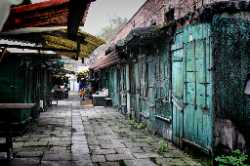 Bazar Różyckiego
Warsaw
Bazar Różyckiego
Warsaw
 BioBazar
Warsaw
BioBazar
Warsaw
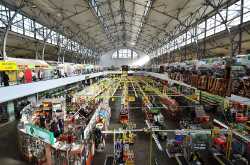 Hala Mirowska
Warsaw
Hala Mirowska
Warsaw
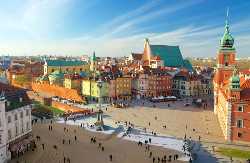 Castle Square
Warsaw
Castle Square
Warsaw
 Rynek Starego Miasta
Warsaw
Rynek Starego Miasta
Warsaw
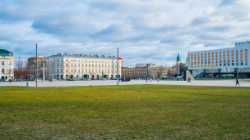 Piłsudski Square
Warsaw
Piłsudski Square
Warsaw
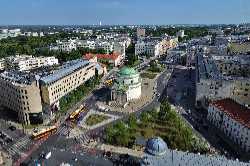 Three Crosses Square
Warsaw
Three Crosses Square
Warsaw
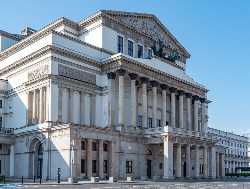 Grand Theatre
Warsaw
Grand Theatre
Warsaw
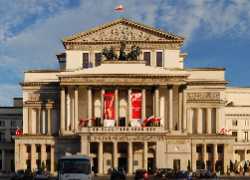 Warsaw National Theatre
Warsaw
Warsaw National Theatre
Warsaw
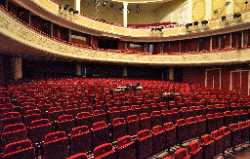 Teatr Polski
Warsaw
Teatr Polski
Warsaw
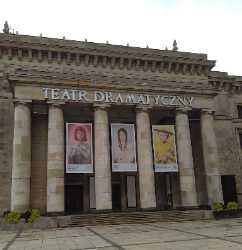 Dramatic Theatre
Warsaw
Dramatic Theatre
Warsaw
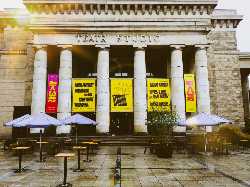 Studio Theatre
Warsaw
Studio Theatre
Warsaw
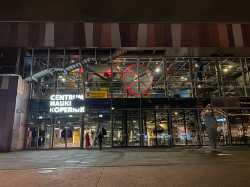 Copernicus Science Centre
Warsaw
Copernicus Science Centre
Warsaw
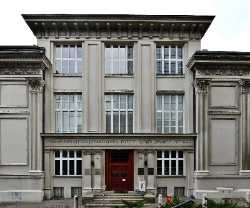 Jewish Historical Institute
Warsaw
Jewish Historical Institute
Warsaw
 Katyń Museum
Warsaw
Katyń Museum
Warsaw
 Museum of Life under Communism
Warsaw
Museum of Life under Communism
Warsaw
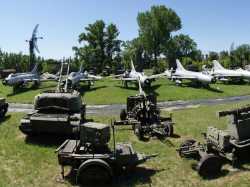 Polish Army Museum
Warsaw
Polish Army Museum
Warsaw
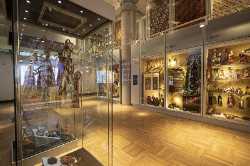 National Museum of Ethnography
Warsaw
National Museum of Ethnography
Warsaw
 Museum of Caricature
Warsaw
Museum of Caricature
Warsaw
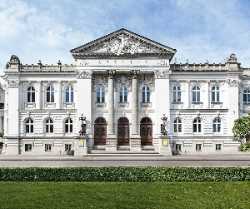 Zacheta
Warsaw
Zacheta
Warsaw
 Legia Warsaw Museum
Warsaw
Legia Warsaw Museum
Warsaw
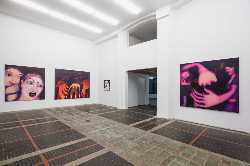 Raster Gallery
Warsaw
Raster Gallery
Warsaw
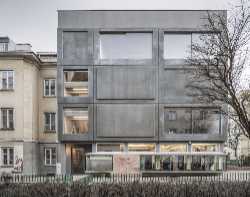 Foksal Gallery
Warsaw
Foksal Gallery
Warsaw
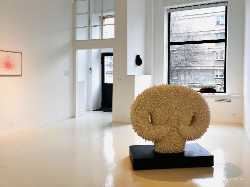 LETO Gallery
Warsaw
LETO Gallery
Warsaw
 Polish Poster Gallery
Warsaw
Polish Poster Gallery
Warsaw
 lokal_30
Warsaw
lokal_30
Warsaw
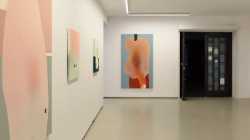 Monopol Gallery
Warsaw
Monopol Gallery
Warsaw
 Galeria Asymetria
Warsaw
Galeria Asymetria
Warsaw
 Wschód Gallery
Warsaw
Wschód Gallery
Warsaw
 Piktogram Gallery
Warsaw
Piktogram Gallery
Warsaw
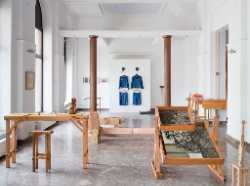 Polana Institute
Warsaw
Polana Institute
Warsaw
 Salon Akademii
Warsaw
Salon Akademii
Warsaw
 Galeria XX1
Warsaw
Galeria XX1
Warsaw
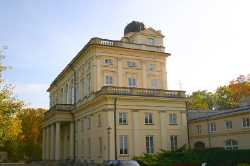 Warsaw University Observatory
Warsaw
Warsaw University Observatory
Warsaw